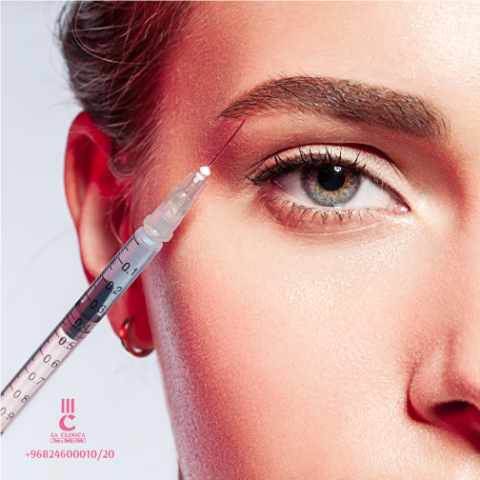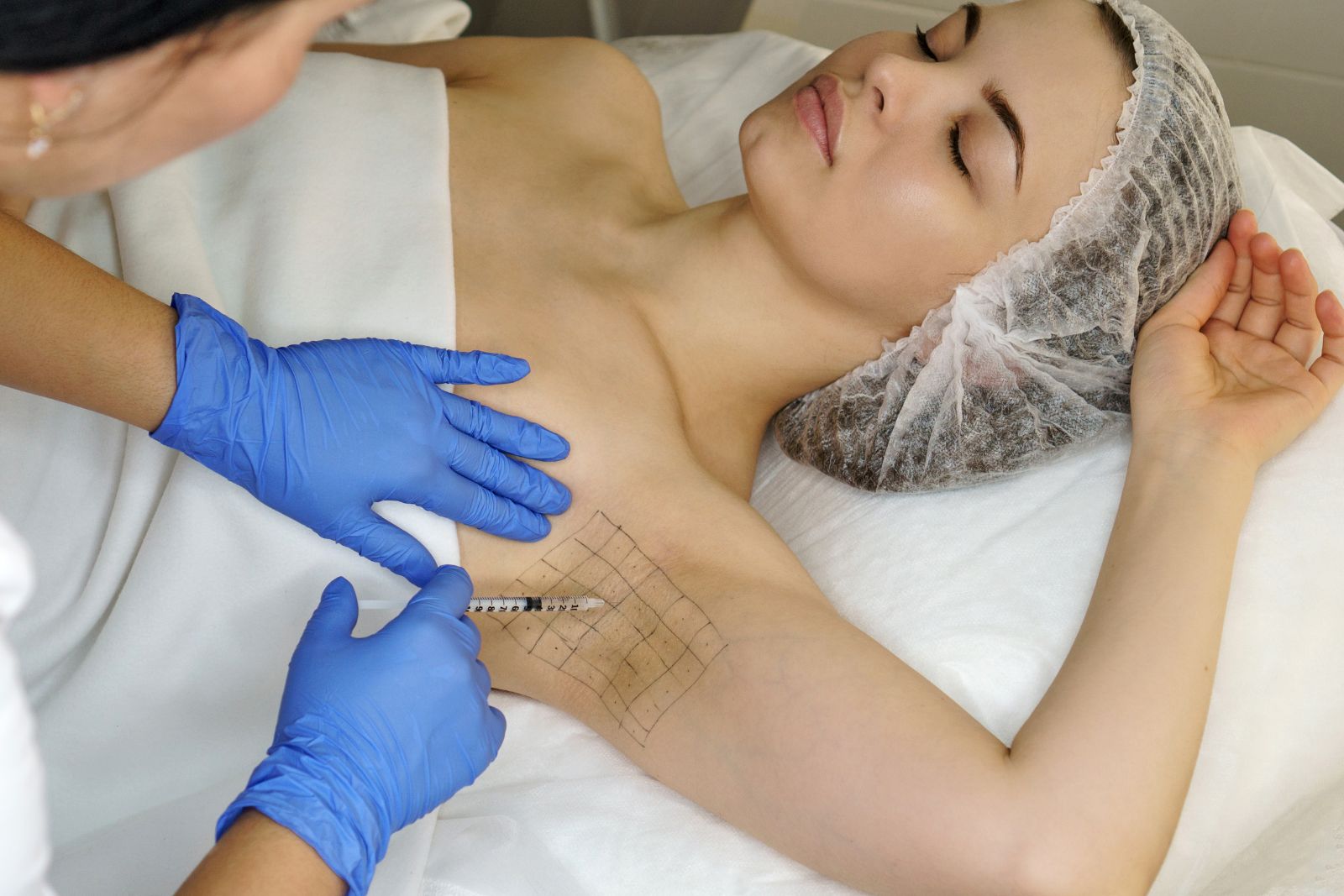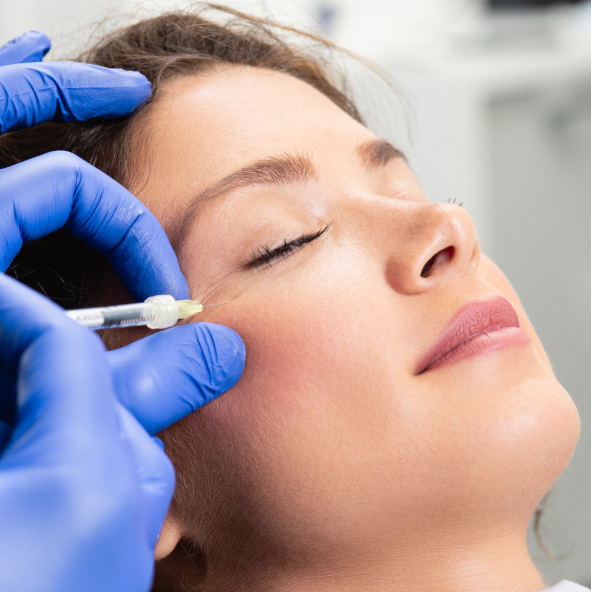The Differences Between Botox and Dysport: Which is Better?

When it comes to non-surgical cosmetic treatments, Botox Injections in muscat and Dysport are two of the most popular options for reducing wrinkles and fine lines. Both products use a similar active ingredient, botulinum toxin, to relax facial muscles and smooth out the skin. However, they have unique properties and applications that can affect your results. In this article, we’ll explore the key differences between Botox and Dysport to help you decide which treatment might be better for you.
✍️ For people concerned about drooping eyelids or forehead lines, our in-depth article on Botox therapy explains how injections target specific muscles to provide a natural, youthful look without invasive surgery.
What Are Botox and Dysport?
Botox and Dysport are both injectable neuromodulators derived from the botulinum toxin type A. They are primarily used to treat dynamic wrinkles, which are caused by muscle movements. When injected into specific facial muscles, these treatments temporarily block nerve signals, leading to reduced muscle activity and smoother skin.
Botox was the first botulinum toxin product approved by the FDA in 2002 for cosmetic use. Dysport followed in 2009, and both have since gained widespread acceptance in the cosmetic community. While they share the same primary ingredient, their formulations and characteristics differ.
Key Differences Between Botox and Dysport
1. Formulation and Composition
The primary difference between Botox and Dysport lies in their formulation. Botox consists of larger protein molecules, while Dysport has smaller ones. This difference in size affects how the two products diffuse after injection. Dysport tends to spread more in the tissue, which can be beneficial for treating larger areas but may also increase the risk of affecting surrounding muscles.
2. Onset of Results
Both Botox and Dysport require a little time to take effect, but Dysport may show results a bit faster. Patients typically notice the effects of Dysport within 2 to 5 days after treatment, while Botox results usually appear within 3 to 7 days. If you’re looking for quicker results, Dysport might be the better option.
3. Duration of Results
The longevity of results can vary between the two treatments. On average, Botox results last about 3 to 4 months, while Dysport may last slightly longer, often up to 5 months. However, individual factors such as metabolism, the area treated, and the severity of wrinkles can influence how long each treatment lasts.
4. Areas of Treatment
Both products are effective for treating common areas of concern, such as:
Forehead lines
Crow’s feet
Frown lines between the eyebrows
However, Dysport’s tendency to spread may make it a better choice for larger areas, such as the forehead. Conversely, Botox is often preferred for more targeted treatments, such as the fine lines around the eyes.
5. Dosing and Units
Botox and Dysport are measured in different units, making it challenging to compare them directly. For instance, 1 unit of Botox is not equivalent to 1 unit of Dysport. Generally, a higher number of Dysport units may be needed to achieve similar effects to Botox. For example, a typical conversion is about 2.5 to 3 units of Dysport for every 1 unit of Botox. This difference in dosing is crucial to consider when discussing treatment options with your provider.
6. Side Effects and Safety
Both Botox and Dysport have similar safety profiles, with side effects typically including:
Pain at the injection site
Bruising
Headaches
Temporary drooping of nearby muscles
Serious side effects are rare but can occur with either treatment. It is essential to choose a qualified injector to minimize risks and complications. Ultimately, both treatments are considered safe and effective when administered by experienced professionals.
Effectiveness: Which is Better?
Determining whether Botox or Dysport is "better" depends on individual preferences and specific treatment goals. Both products effectively reduce the appearance of wrinkles and provide natural-looking results. Here are some considerations to help guide your decision:
1. Personal Goals
If you are looking for quick results, Dysport might be the better option due to its faster onset. Conversely, if you want precise control over targeted areas, Botox may be more suitable.
2. Treatment Areas
Consider the areas you want to treat. If you’re focusing on larger areas, such as the forehead, Dysport may offer better coverage. For smaller, more delicate areas like the crow’s feet, Botox may be preferable.
3. Consultation with a Professional
The most crucial factor in deciding between Botox and Dysport is your consultation with a qualified healthcare provider. They can assess your facial structure, discuss your aesthetic goals, and recommend the best treatment for your needs. A personalized approach ensures that you receive the most effective care.
Cost Considerations
When comparing the costs of Botox and Dysport, it is important to remember that pricing can vary widely depending on several factors, including:
Geographic location
Experience of the injector
Number of units required
Generally, the cost per unit for Botox tends to be slightly higher than that of Dysport. However, since more units of Dysport may be needed for similar results, the overall cost may end up being comparable. Always discuss pricing openly with your injector during the consultation process.
Conclusion
Both Botox and Dysport are effective options for reducing wrinkles and achieving a more youthful appearance. The choice between the two ultimately comes down to personal preference, treatment goals, and the specific areas you wish to address.
Consulting with a qualified professional is essential for making an informed decision. By understanding the differences between Botox and Dysport, you can select the treatment that best meets your aesthetic needs and helps you achieve the results you desire.
As with any cosmetic procedure, thorough research, and consultation are key to a successful outcome. Whether you choose Botox or Dysport, you can expect to enjoy a smoother, more youthful appearance with the right approach and care.
Note: IndiBlogHub features both user-submitted and editorial content. We do not verify third-party contributions. Read our Disclaimer and Privacy Policyfor details.







